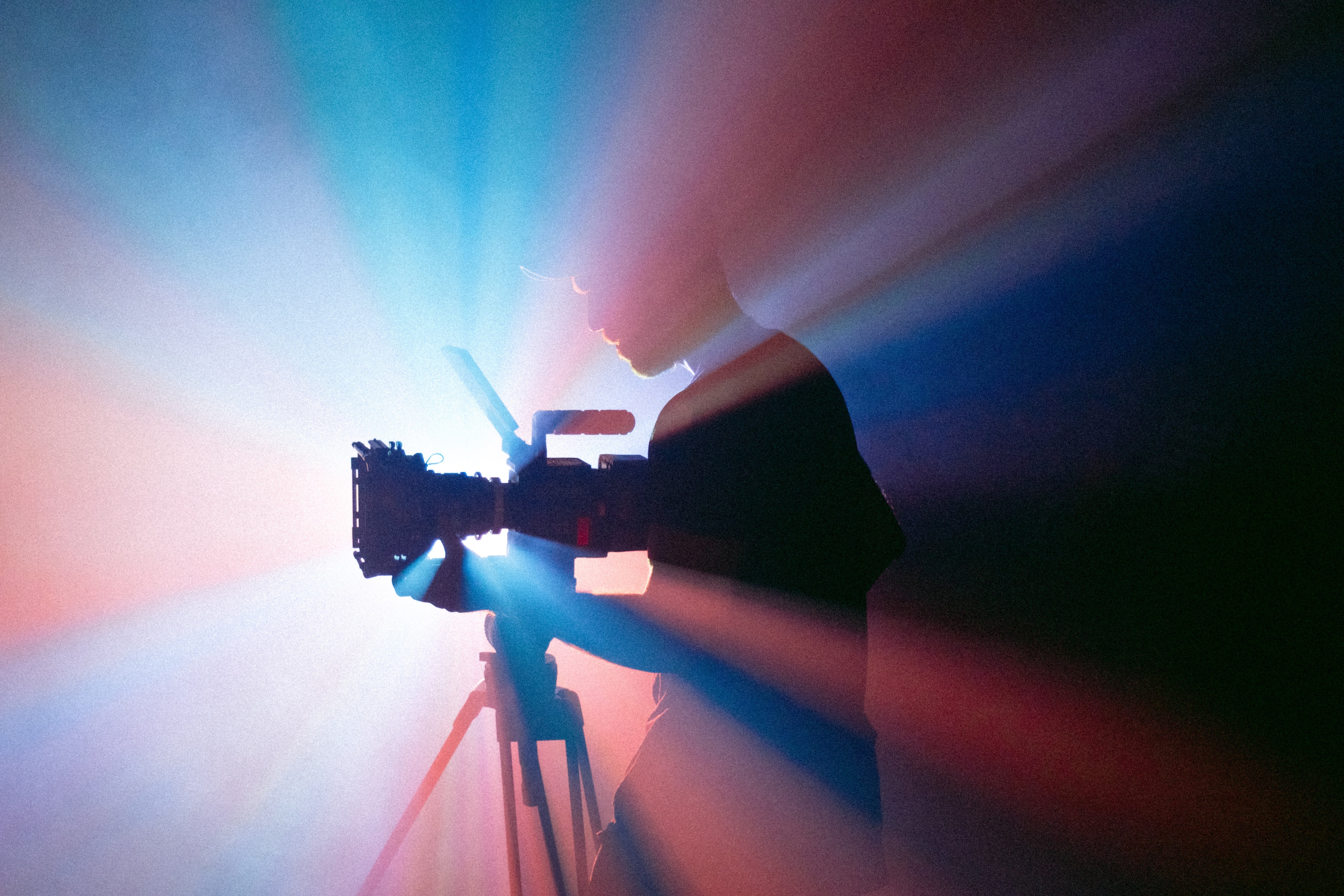macOS Sequoia's AI Upscaling Capabilities A Deep Dive into M-Series Performance for Video Processing

The whispers around the latest operating system iteration from Cupertino have been persistent, particularly concerning its interaction with their custom silicon. We're talking specifically about the reported advancements in spatial and temporal reconstruction for video streams, something that directly impacts how we perceive digital imagery, especially older or lower-resolution material. For those of us who spend time analyzing video workflows, the integration of machine learning models directly into the system's core video processing pipeline is where the real engineering interest lies.
I’ve been tracking the early developer builds, trying to map out precisely where the M-series Neural Engine is being tasked with these upscaling duties versus the standard graphics pipeline. It's not just about making a picture bigger; it's about intelligently inferring missing pixel data and maintaining temporal coherence across frames—a computationally expensive operation that used to choke even high-end discrete GPUs just a few years ago. The question remains: how effectively is this being managed at the OS level, and what are the real-world performance ceilings we are hitting when processing, say, 1080p footage up to a clean 4K presentation?
Let's pause for a moment and consider the architecture. The M-series chips aren't monolithic; they feature dedicated media engines alongside the unified memory structure and the Neural Engine. When macOS Sequoia handles an upscale request—perhaps through a native application utilizing the new system frameworks—I suspect the OS scheduler is making dynamic decisions about where the workload lands. If the task is purely frame-rate conversion or simple interpolation, the dedicated video blocks might handle it efficiently. However, true AI upscaling, the kind that rebuilds fine textures based on learned patterns, demands those matrix multiplication units in the Neural Engine. I am particularly interested in the latency figures when batch processing large video files versus real-time playback scaling. Early indicators suggest that the efficiency gains aren't just linear improvements on older models; there seems to be a fundamental shift in how these lower-level kernel functions interact with the ML accelerators. This close coupling between the operating system’s video frameworks and the specialized hardware is precisely what Apple has been building toward since introducing the first M1 chip. It suggests a level of system optimization that third-party software running on older hardware simply cannot replicate, regardless of raw GPU compute numbers.
Reflecting on the practical application, when I ran some comparative tests using standardized low-bitrate source material, the results were compelling, but not without caveats. The system seems remarkably adept at handling static scenes where texture prediction is less volatile. Where things get tricky is fast motion—think panning shots or rapidly changing occlusion boundaries. Here, even the latest M-series silicon sometimes exhibits momentary artifacting, suggesting the inference window or the model size being deployed by the OS is constrained by power or thermal envelopes, even on desktop variants. This isn't a failure of the hardware, but rather a necessary compromise in the software implementation to ensure system responsiveness remains high across the entire user experience. I believe the key differentiator here is the speed at which the unified memory allows the processed frame buffers to shuttle between the media engine and the Neural Engine without incurring PCIe bus overheads common in discrete setups. That immediate data access seems to shave off critical milliseconds in the processing chain, moving the operation from a noticeable delay to something approaching imperceptible when dealing with typical video resolutions. I need to see more controlled benchmarks isolating the memory bandwidth impact versus the raw FLOPS performance of the latest Neural Engine revision to draw firmer conclusions about the true bottleneck in sustained high-resolution output.
More Posts from ai-videoupscale.com:
- →How to Use FFmpeg for Video-to-Audio Extraction While Maintaining AI-Enhanced Video Quality
- →Comparing Video Quality 4K Video Downloader vs AI Upscaling for High-Resolution Content
- →The Ethical Implications of AI-Enhanced Video Upscaling on Free MP4 Downloads
- →How Adobe Express Video Compression Affects Upscaling Quality A Technical Analysis
- →Advancements in AI-Powered Voice Extraction Separating Vocals from Video with Precision in 2024
- →H265 vs H264 A Technical Comparison for High-Quality MP4 Compression in AI Video Processing